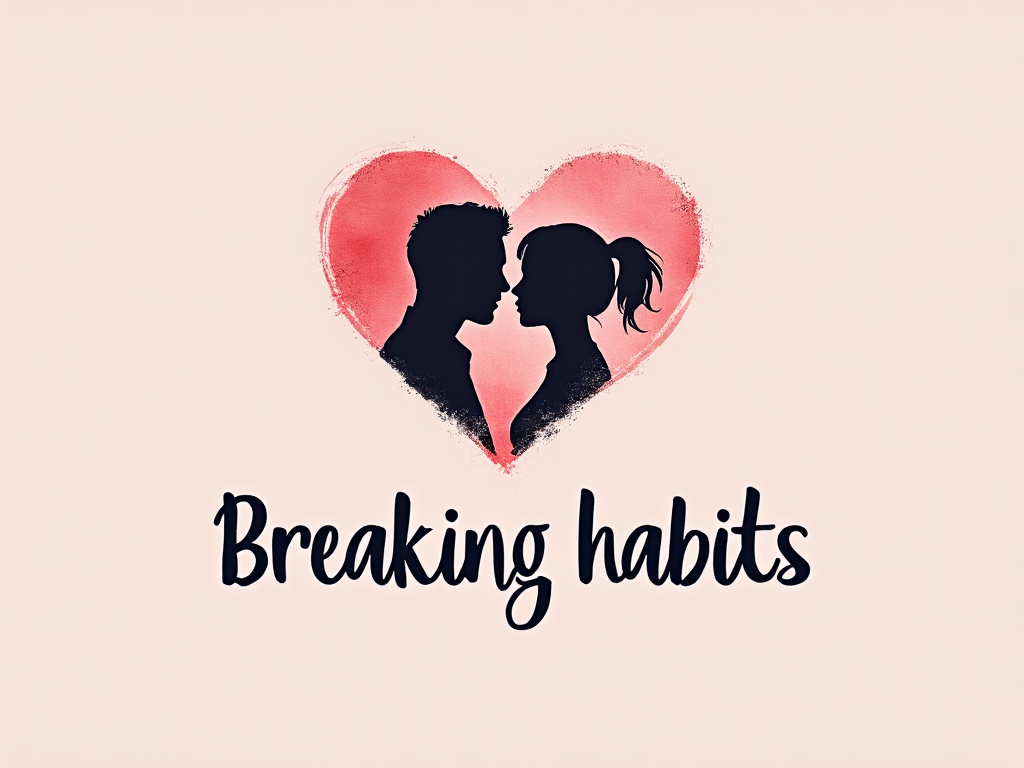
Codependency in Marriage: Recognizing Signs and Breaking Unhealthy Patterns
Reading time: 12 minutes
Ever feel like you’ve lost yourself in your marriage? Like you’re walking on eggshells, constantly managing your partner’s emotions while neglecting your own needs? You’re not alone in this struggle. Codependency affects millions of couples, creating invisible chains that bind partners in unhealthy cycles of emotional dysfunction.
Let’s dive deep into understanding this complex dynamic and discover practical strategies for reclaiming your authentic self within your relationship.
Table of Contents
- Understanding Codependency in Marriage
- Recognizing the Warning Signs
- Breaking Unhealthy Patterns
- Building Healthy Boundaries
- Your Recovery Roadmap
- Frequently Asked Questions
Understanding Codependency in Marriage
Codependency isn’t just being “too close” to your partner—it’s a psychological pattern where one person’s sense of purpose becomes wrapped up in enabling another’s dysfunction, addiction, or poor mental health. According to relationship expert Dr. Melody Beattie, “Codependents are people who let another person’s behavior affect them and who are obsessed with controlling that person’s behavior.”
Here’s the reality: Research shows that 90% of families affected by addiction experience codependent behaviors, but codependency extends far beyond substance abuse situations. It can develop in any relationship where emotional boundaries become blurred.
The Codependency Spectrum
Imagine Sarah, a 34-year-old marketing professional who finds herself constantly checking in on her husband Mark throughout the day. She cancels plans with friends when he’s having a “bad day,” makes excuses for his outbursts to family members, and feels guilty when she pursues her own interests. What started as caring support has evolved into an exhausting cycle of emotional caretaking.
Codependency vs. Healthy Interdependence
| Aspect | Healthy Interdependence | Codependency |
|---|---|---|
| Individual Identity | Maintains personal interests and goals | Identity becomes enmeshed with partner’s |
| Emotional Regulation | Takes responsibility for own emotions | Feels responsible for partner’s emotions |
| Boundaries | Clear, flexible boundaries exist | Boundaries are blurred or non-existent |
| Communication | Direct, honest expression of needs | Indirect communication, fear of conflict |
| Support Style | Encourages partner’s growth and independence | Enables dysfunction to avoid discomfort |
Recognizing the Warning Signs
Spotting codependency requires honest self-reflection. The patterns often develop gradually, making them difficult to recognize until they’re deeply entrenched. Let’s examine the most common indicators:
Emotional Warning Signs
- Excessive worry about your partner’s feelings or reactions
- Feeling guilty when you prioritize your own needs
- Experiencing anxiety when your partner is upset
- Difficulty identifying your own emotions separate from your partner’s
- Feeling responsible for your partner’s happiness or problems
Behavioral Patterns
Consider Michael’s story: After 15 years of marriage, he realized he had stopped pursuing his passion for photography because his wife consistently needed emotional support during his scheduled photo shoots. He had become so attuned to her emotional state that he could predict her moods and adjust his behavior accordingly—often before she even expressed any needs.
Codependency Severity Assessment
35% of married individuals
20% of married individuals
10% of married individuals
35% of married individuals
The Enabling Trap
One of the most insidious aspects of codependency is enabling behavior. Dr. John Bradshaw notes that “Enabling is doing for someone what they can and should be doing for themselves.” This might look like:
- Making excuses for your partner’s behavior to others
- Completing tasks your partner should handle
- Avoiding topics that might upset them
- Sacrificing your own plans to accommodate their needs
Breaking Unhealthy Patterns
Breaking free from codependent patterns requires intentional effort and often professional support. The journey isn’t about ending your relationship—it’s about creating healthier dynamics that allow both partners to thrive.
Step 1: Develop Self-Awareness
Start by tracking your emotional responses for one week. When do you feel responsible for your partner’s emotions? What triggers your need to “fix” situations? This awareness creates the foundation for change.
Step 2: Reclaim Your Individual Identity
Lisa, a 42-year-old teacher, discovered she had stopped reading—something she once loved—because her husband preferred watching TV together every evening. Her path to recovery began with setting aside 30 minutes daily for reading, despite his initial resistance.
Recovery strategies include:
- Reconnecting with abandoned hobbies or interests
- Scheduling regular time for personal activities
- Developing friendships independent of your partner
- Setting small, achievable personal goals
Step 3: Practice Emotional Detachment
Emotional detachment doesn’t mean becoming cold or uncaring. Instead, it’s about recognizing where you end and your partner begins. When your partner is struggling, you can offer support without taking ownership of their emotions or outcomes.
Building Healthy Boundaries
Boundaries are the invisible lines that define where you end and others begin. In codependent relationships, these lines become blurred or non-existent. Research from the Gottman Institute shows that couples with clear boundaries report 67% higher relationship satisfaction.
Types of Boundaries
Emotional Boundaries
These protect your emotional well-being and include the right to your own feelings, opinions, and emotional responses without feeling responsible for managing your partner’s emotions.
Physical Boundaries
These involve personal space, physical affection preferences, and the right to say no to physical requests without guilt or pressure.
Time Boundaries
These protect your time and energy, including the right to pursue individual interests and maintain relationships outside your marriage.
Boundary-Setting Strategies
Setting boundaries often feels uncomfortable initially, especially if you’ve been in a codependent pattern for years. Start small and be consistent:
- Use “I” statements: “I need time to think about this” instead of “You’re pressuring me”
- Be specific: “I’m not available for lengthy phone calls during work hours”
- Follow through: Boundaries without consequences become suggestions
- Expect resistance: Your partner may initially push back against new boundaries
Your Recovery Roadmap
Recovery from codependency is a journey, not a destination. It requires patience, self-compassion, and often professional support. Here’s your strategic roadmap for creating lasting change:
Phase 1: Recognition and Awareness (Weeks 1-4)
- Complete a codependency assessment with a qualified therapist
- Begin journaling daily about your emotional patterns
- Identify three specific codependent behaviors you want to change
- Start reading recovery-focused literature
Phase 2: Skill Building (Months 2-6)
- Practice setting small boundaries weekly
- Develop a personal self-care routine
- Join a support group (Al-Anon, CoDA, or therapy groups)
- Reconnect with one abandoned interest or hobby
Phase 3: Integration and Growth (Months 6-12)
- Work on communication skills with your partner
- Consider couples therapy to address relationship dynamics
- Develop a strong support network outside your marriage
- Continue individual therapy to address underlying issues
As you embark on this journey, remember that breaking codependent patterns doesn’t mean loving your partner less—it means loving yourself enough to create space for both of you to grow. The goal isn’t independence; it’s healthy interdependence where both partners maintain their individual identities while building something beautiful together.
What step will you take today to begin reclaiming your authentic self within your marriage? Your future self—and your relationship—will thank you for having the courage to start this transformative journey.
Frequently Asked Questions
Can a marriage survive one partner’s recovery from codependency?
Yes, many marriages not only survive but thrive when codependent patterns are addressed. However, it requires both partners’ willingness to adapt to healthier dynamics. Some relationships may experience temporary tension as boundaries are established, but this often leads to stronger, more authentic connections. Studies show that 70% of couples who address codependency through therapy report improved relationship satisfaction within one year.
How long does it typically take to overcome codependent patterns?
Recovery from codependency is an ongoing process rather than a destination with a fixed timeline. Most individuals see significant improvements within 6-18 months of consistent effort, including therapy and active boundary-setting practice. However, developing new patterns and maintaining healthy behaviors often takes 2-3 years. The key is consistent progress rather than perfection, and many people find the journey becomes more natural over time.
What’s the difference between being supportive and being codependent?
Healthy support empowers your partner to handle challenges independently while offering encouragement and assistance when requested. Codependent support involves taking responsibility for your partner’s emotions, making decisions for them, or enabling dysfunction to avoid conflict. Supportive partners ask “How can I help you through this?” while codependent partners think “I need to fix this for them.” The key difference lies in maintaining emotional boundaries while still caring deeply.

Article reviewed by Elena Popescu, Love Coach | Helping Singles Find Authentic Connections, on May 29, 2025



